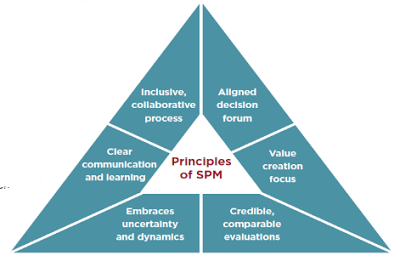The Art of Consumer Empathy Part I

In Pursuit of Actionable Consumer Intimacy
As marketers, we seek not just knowledge, but deeper, more personal consumer understanding that better equips us to impact our brand growth trajectory. We are therefore on a continual quest for approaches that bring us closer to our consumers through conversation and observation, to sip from the same glass so to speak. Our eagerness to unravel the desires, motivators, barriers, and white spaces of consumer attitudes and behaviors is reflected in our adoption of psychographics in the seventies, our reliance on qualitative tools in the eighties, an almost cult-like pursuit of ethnography in the nineties, and our love affair with online social communities more recently.
While these techniques can unearth insight and improve our understanding, changing the playing field in our favor for innovation requires another important factor be present in the organization: consumer empathy. Consumer understanding makes us more knowledgeable brand stewards; consumer empathy makes us more sensitive to the nuances of consumer motivations, exposing opportunities we might otherwise overlook. Empathy can improve the relevance and success rates of our innovation and grant us sustainable competitive advantage.
What is Consumer Empathy?
Consumer empathy requires three interlocking capabilities, including the ability to:
- recognize
- internalize and identify with, and
- act upon
'the feelings, concerns, challenges, and impulses of consumers. Consumers need us to address their plight, not just feel their pain. Recognize: In theory, the probing techniques we apply to the front end of innovation are designed to reveal the insight below the surface, and we often believe 'we'll know it when we hear it/see it.' But when the important insight emerges, will you be able to distinguish it through the noise? Without empathy, your efforts may surface a powerful insight that remains undetected, never able to deliver a result for your consumer or your business.
Watch closely and you may recognize a pattern in the shadows. Listen carefully, sometimes a consumer elegantly articulates the big idea in a single phrase that can be compelling to the organization. For example, when 16-year-old Gary claimed that 'toast is too complicated' he managed to capture the essence of snacking simplicity for teens that we were missing. Throughout development, we asked ourselves: would this be easier than toast for Gary?
Internalize/Identify With: To truly identify with your consumer means you now own their concerns and needs as your own. You feel their pain, their problems nag you without mercy. Ideally, you have not just listened and observed, but experienced your consumers' challenges. For example, the arthritis simulation gloves developed by Georgia Tech Research Institute (GTRI) enable companies such as Kraft to accurately experience and identify with the limitations of our aging population first hand. Act Upon: Consumer empathy doesn't end once we've identified - and identified with - the consumer problem or need. Empathy is not just the emotional side of connecting with consumers, it demands a behavioral response on our part. The commitment, skills and willingness to invest resources to act upon the learning are what separates consumer understanding from its ultimate business result. It is distressing to watch a competitor launch an innovative new product that pre-emptively reaps the benefits of a compelling insight your own company learned but ignored.
Absent the interlocking capabilities of recognition, internalization, and action that drive consumer empathy, a wall remains between marketer and consumer. That wall constrains our impetus to change things on their behalf, limits our creativity and inventiveness in defining and solving the underlying consumer problems, and results in consumer understanding that falls short of innovation impact.
Check back soon for Part II of this topic, including tips to know whether your organization has consumer empathy, and suggestions for how to start establishing stronger consumer empathy throughout your organization.
source: www.FoodTrends.com Food & Beverage Matters Blog